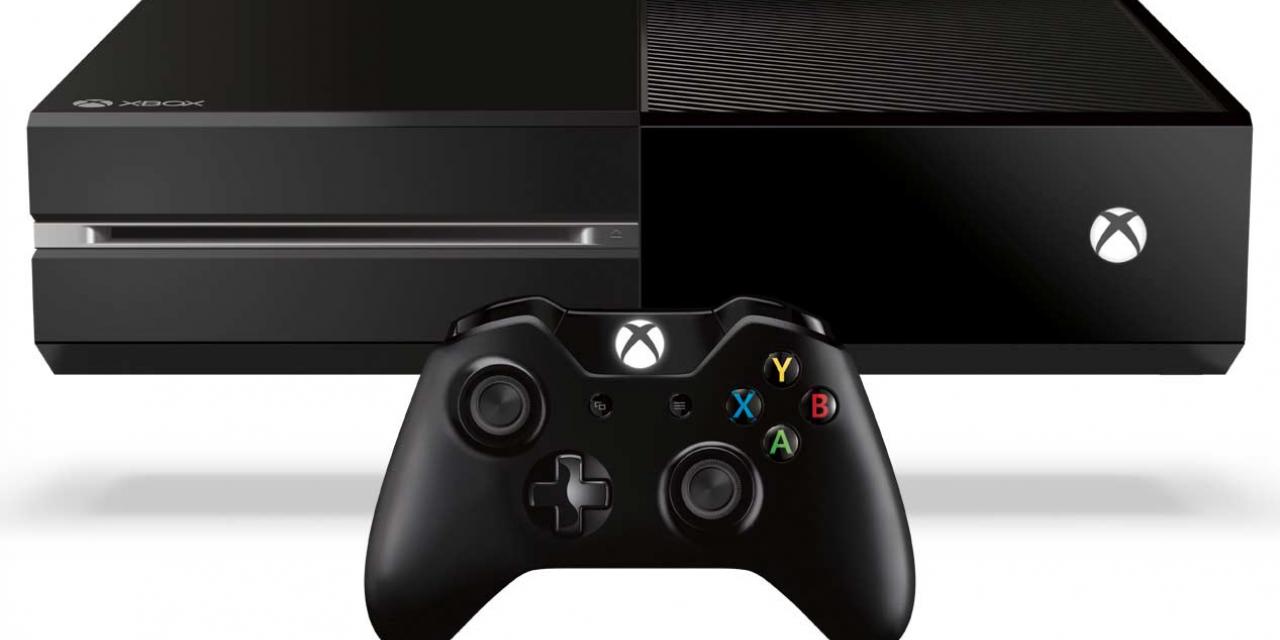

It turns out Microsoft's decision to offer an Xbox One without the Kinect hardware wasn't all about bringing the basic system in line with Sony's PlayStation 4 cost wise, it was also about trying to make it graphically comparable too. As it stands, the PS4 has a slight lead on the Xbox One in terms of performance, able to put out higher frame rates at higher resolutions, but with the removal of the Kinect from the picture, Xbox One devkits are getting a boost to the GPU bandwidth of around 10 per cent.
"June #XboxOne software dev kit gives devs access to more GPU bandwidth. More performance, new tools and flexibility to make games better," said Microsoft's Phil Spencer in an announcement on Twitter.
When Eurogamer chased this up, asking how much extra performance the Xbox One devkits would now have without Kinect interaction being forced upon them, Microsoft confirmed that it would be around 10 per cent.
"The additional resources allow access to up to 10 per cent additional GPU performance. We're committed to giving developers new tools and flexibility to make their Xbox One games even better by giving them the option to use the GPU reserve in whatever way is best for them and their games," Microsoft said.
What this will lead to in the long term of course, we don't know. It could see developers releasing patches that allow gamers to turn off the Kinect in early release titles like Dead Rising 3, Call of Duty Ghosts, in order to unlock higher frame rates and resolutions. More likely though, we'll see games in the future make use of the extra headroom at the expense of the camera.
Of course though that makes it even more redundant than it already is, which isn't something those that spent the extra $100 or so to get a One featuring it, will be best pleased with.
Microsoft has backed itself into a bit of a corner here, but it's not like it hasn't done that before.








